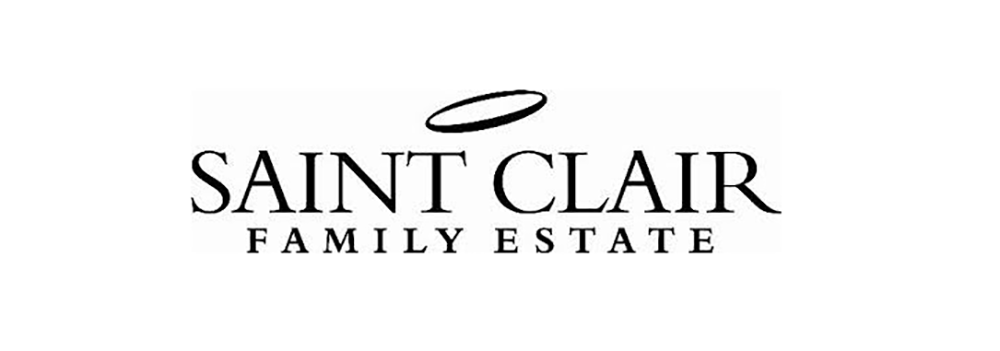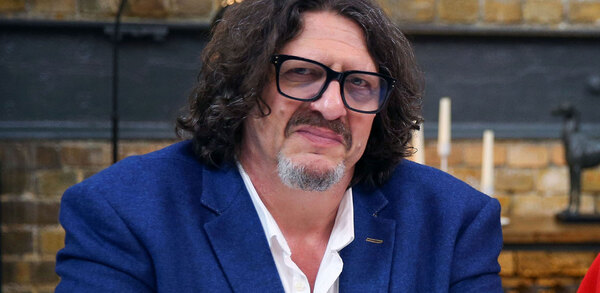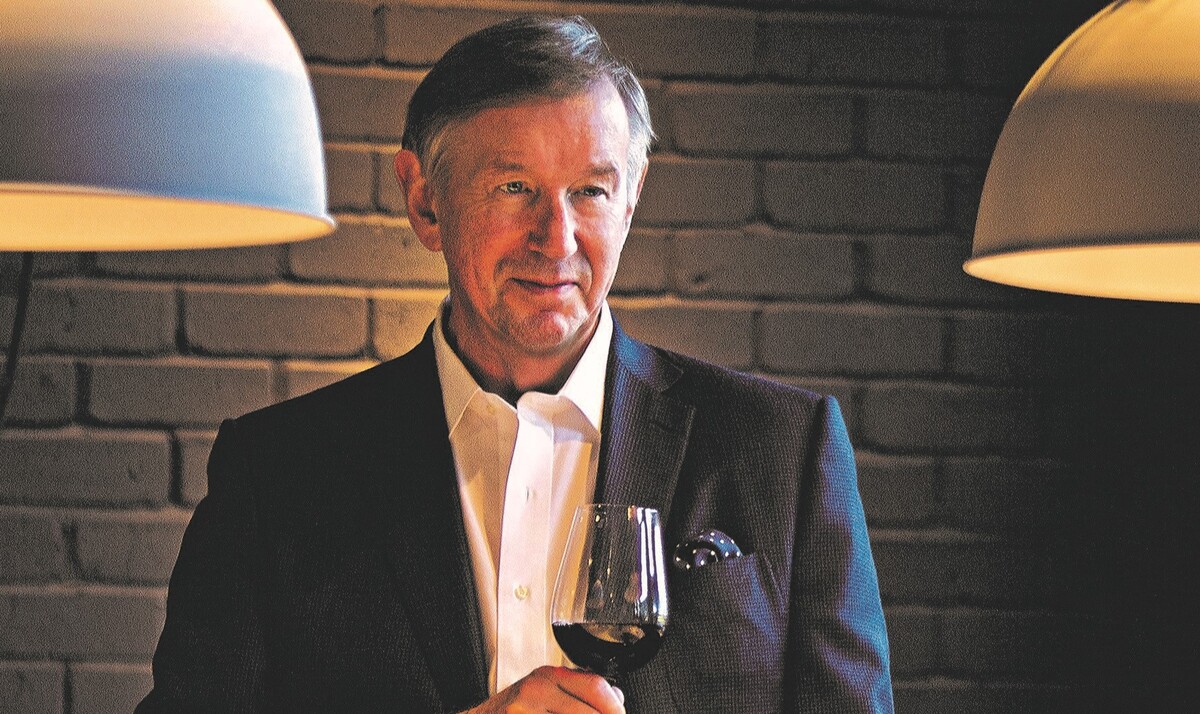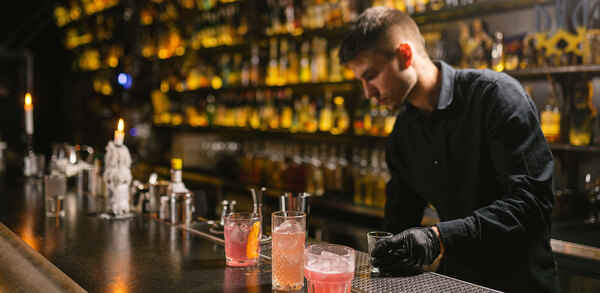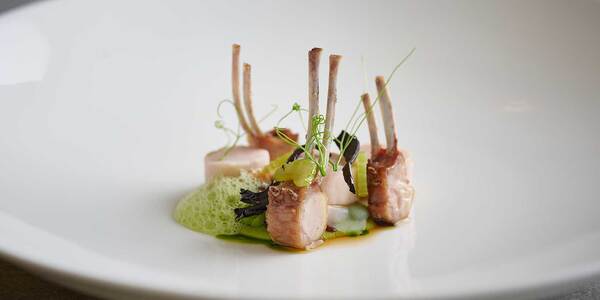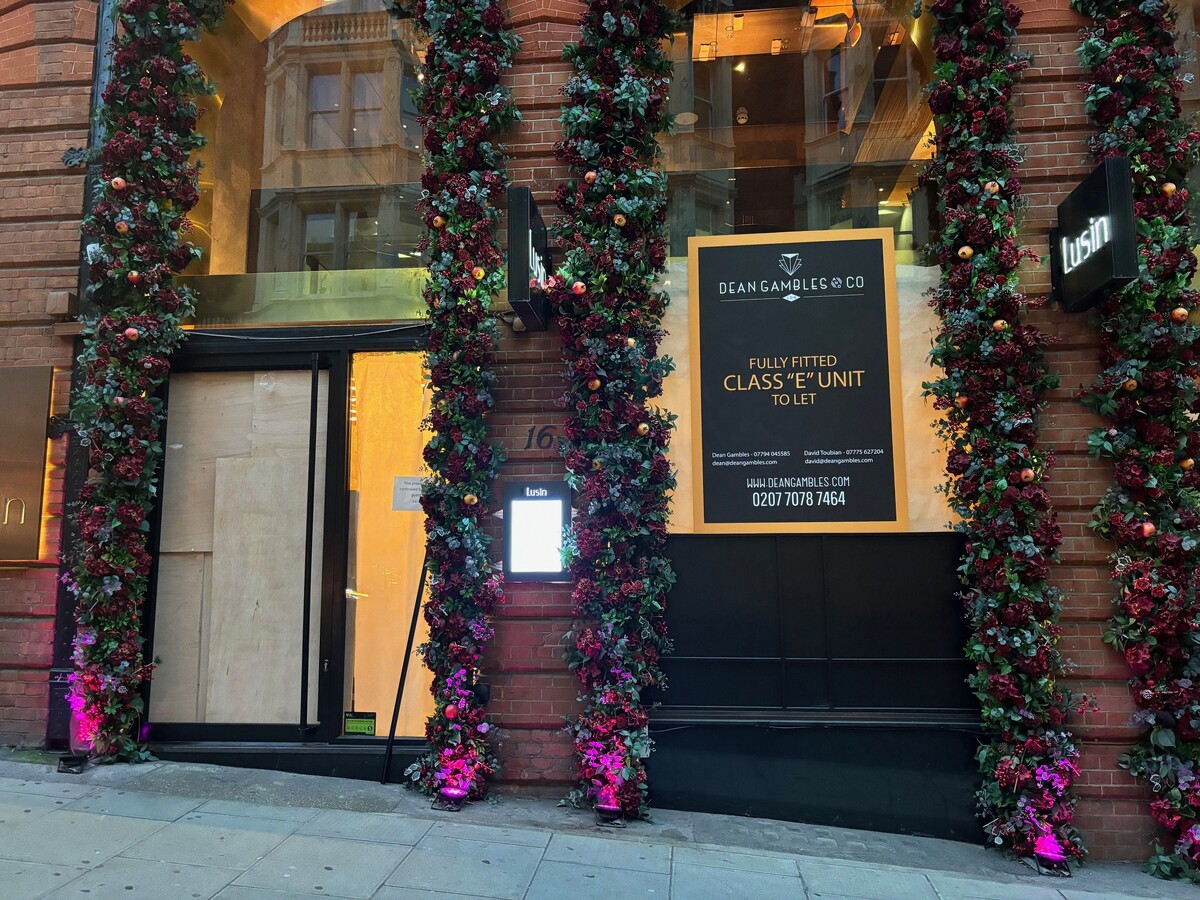Drinks Doctor: How can I add some sparkle to Christmas?
Include some fizz on your festive list, the perfect accompaniment to dinner, from salmon starter to the Christmas pud, says Martin Dibben
For some time, I have been banging the drum about the versatility of pairing Champagne with a full menu and Christmas fare is no exception. The festive period is a time for celebration and high sales will be recorded. With Champagne, the rule is that any food with salt, butter, oil or fat will work well as the crisp acidity of Champagne cuts through any fats on the palate.
While preparing the festive lunch I believe it is essential to start the festivities with a Blanc de Blancs Champagne, which is going to be crisper and more minerally and so makes the perfect apéritif and accompaniment for a smoked salmon starter.
For the turkey itself, a Brut-style Champagne works well as its high level of acidity will pair with the white meat and especially the turkey legs, which have higher fat levels. If you have sweeter sauces, such as cranberry, you could also opt for a rosé Champagne.
For the Christmas pudding, lean towards a demi-sec, containing between 33g and 50g of sugar, and for the party games afterwards a “Sec” champagne, such as Taittinger’ s Nocturne with a dosage of 18g of sugar, which is easy drinking and gives a lovely smooth finish.
For November, Searcys has partnered with Cava’s governing body, the D.O. Cava, to focus on these wines which, 30 years ago, developed a poor reputation when supermarkets offered cava at ridiculously low selling points – and sadly the taste very often matched the price.
The D.O. Cava today represent a distinguished category of Spanish sparkling wines that should be known for their exceptional quality. They are crafted using the traditional or Champagne method, wherein a second fermentation occurs within the bottle. The D.O. Cava has classified the Cava into three distinct ageing categories: firstly, Cava de Guarda, aged for a minimum of nine months, next is Cava de Guarda Superior, which undergoes a more extended maturation of at least 30 months, and lastly Cava de Paraje Calificado, which stands as the pinnacle, requiring a minimum of 36 months of ageing.
The D.O. Cava climate is much warmer than that of the Champagne region, which means there’s a ripeness and richness in the wines that can cope with big flavours. Cava has its own flagship varieties, which impart distinctive aromatic and textural characters. While Chardonnay and Pinot Noir are permitted in the Cava D.O., the traditional varieties are Macabeu, Xarel·lo and Parellada. For Cava rosado (rosé), Garnacha, Pinot Noir, Mataró (Mourvèdre) are the most commonly used red grapes.
This year, bring a bit of Spain into your festive season! Book a ticket for a very special Cava tasting evening at St Pancras Brasserie, London, on 21 November, tickets available
Do you have a question for one of the Drinks Doctors? Send your query to drinks@thecaterer.com
Seasonal food and drink pairing
Franciacorta Riserva and rich dishes
The Berlucchi family winery was founded in 1955, where six years later they created the very first Classic Method wine. The full-bodied Franciacorta ‘Palazzo Lana Extrême’ Extra Brut Riserva 2010, made from 100% Pinot Noir and refined on its lees for at least 10 years, partners impressively with most rich and complex dishes.
Sponsored by



